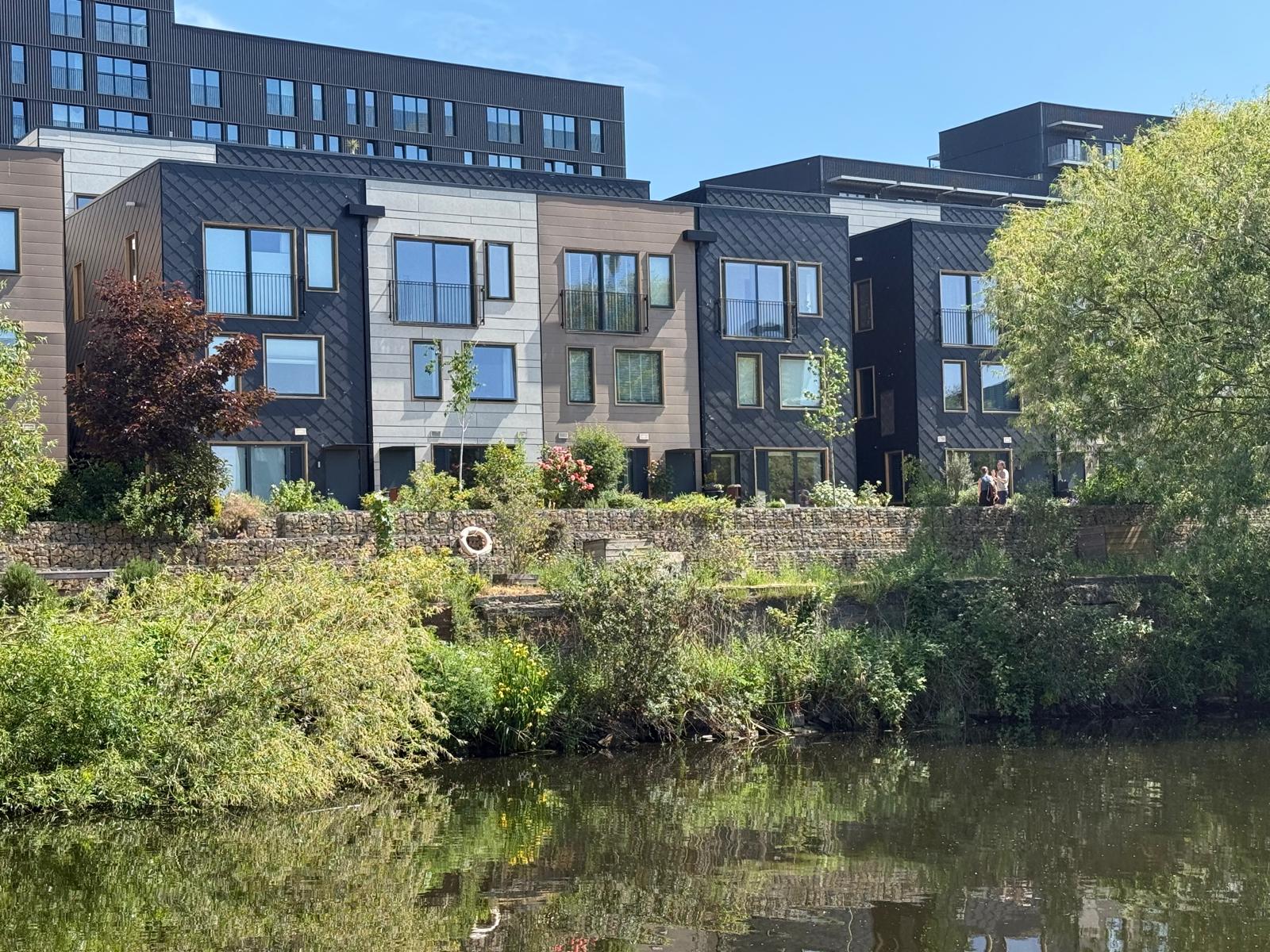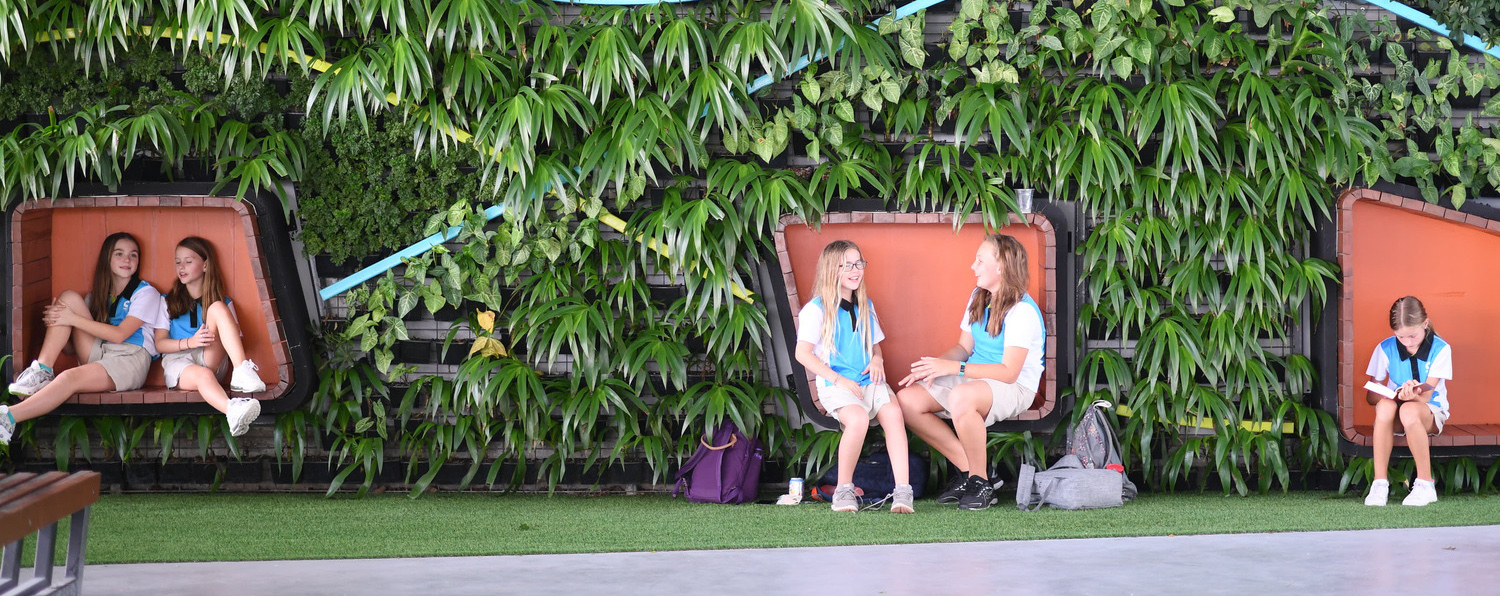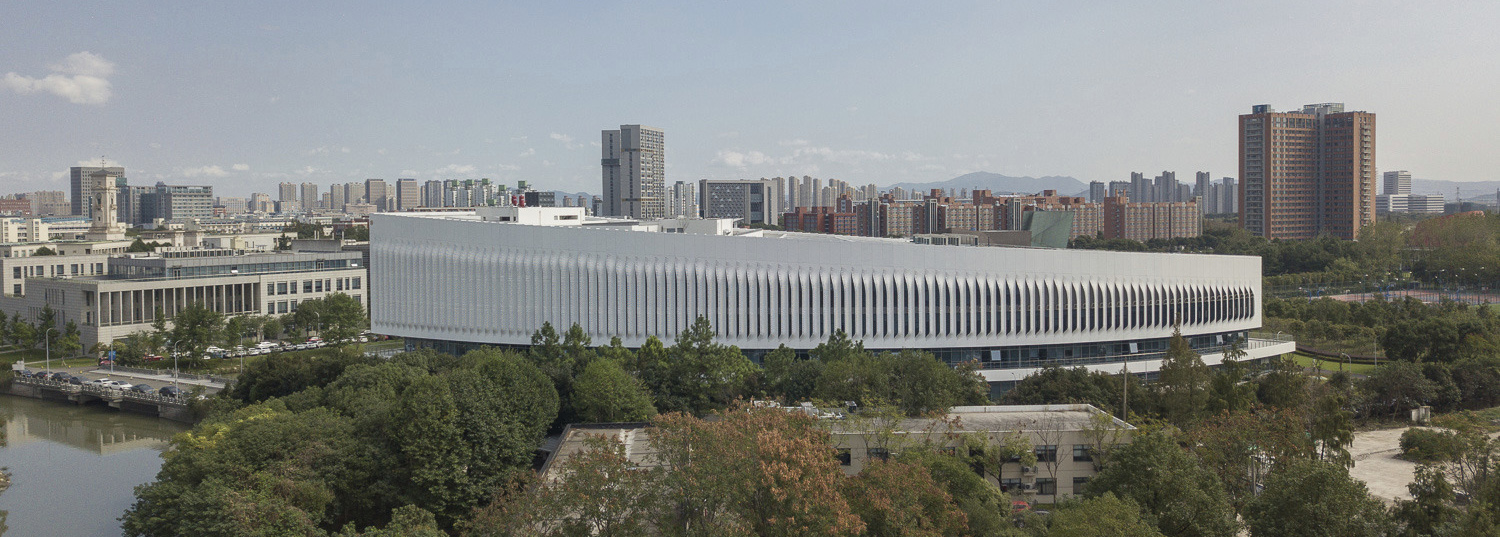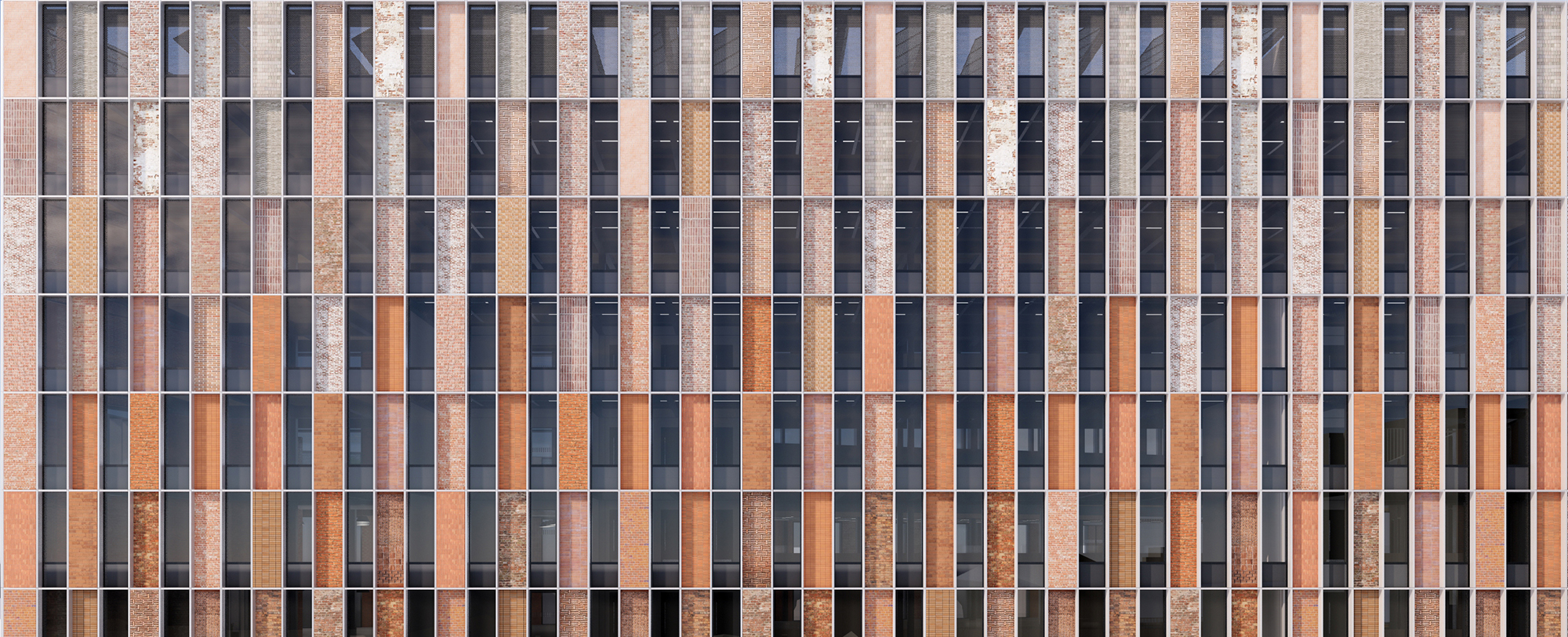Form and Identity Through Making
As we grapple with the cost of everything, there seems to be a clear distinction between buildings that are affordable and those that have the budget to be meaningful experiences and talk more about a place. We re-flect on Wycombe Abbey International School, Hangzhou and ask, what validates a step beyond the box?
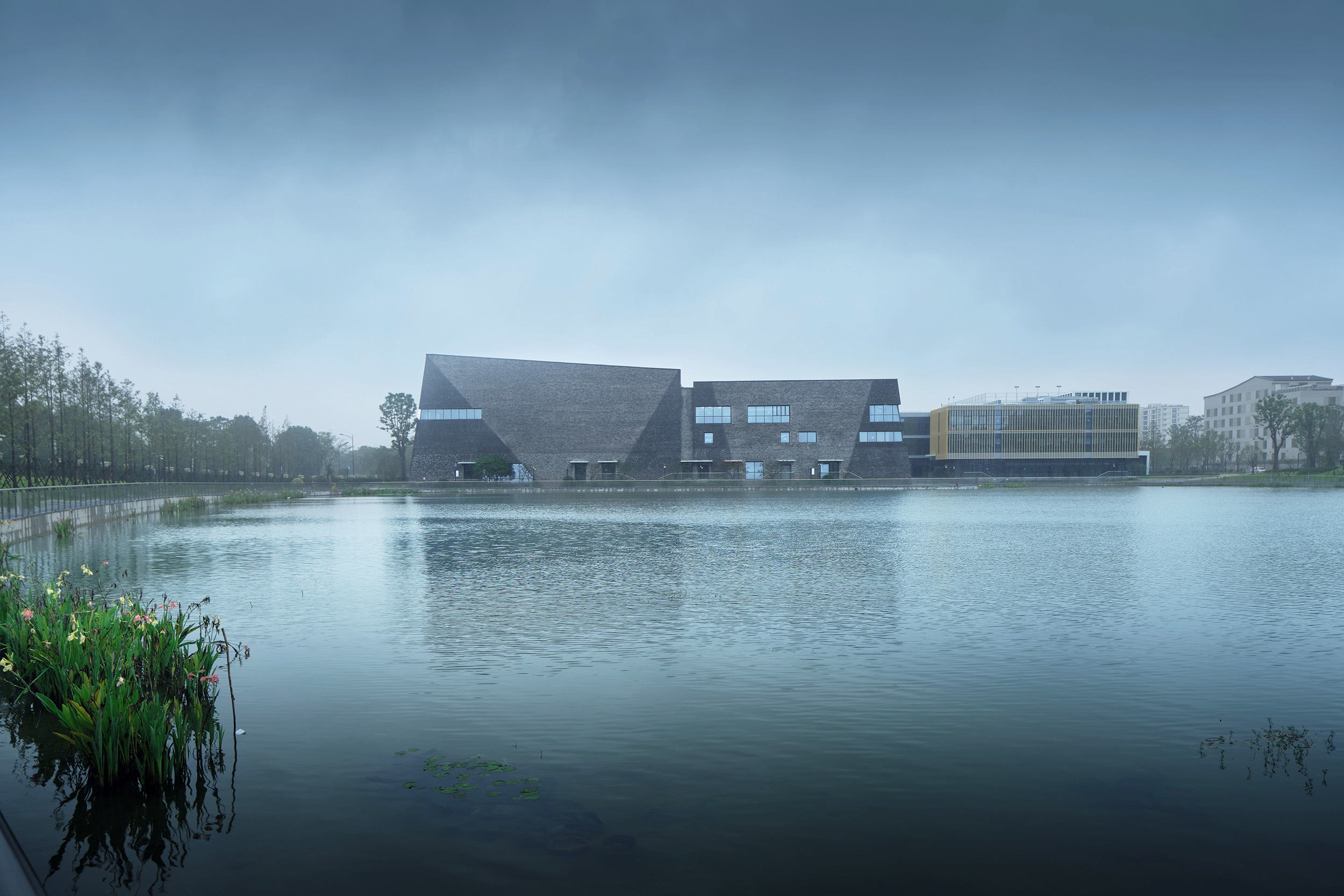
Located in an area of outstanding natural beauty on the fringes of a national park, the lakeside setting provides an exceptional arrival to this world class K-12 campus, designed in collaboration with Broadway Malyan.
The learning places created serve as a point of reference for the wider community development, and a social support hub for new residential and commercial infrastructure. The buildings are carefully integrated into the peaceful, lush green setting complimenting the biodiverse and visually stunning quality of the site. With a focus on pastoral care, the boarding campus masterplan language marries a series of truly bilingual school elements with a strong sense of community cohesion.
For Wycombe Abbey, the team generated a kit of parts with which we then went on to deliver in numerous locations around China. The Chinese school design code prescribes a certain aesthetic without a human experience in mind, but one that follows the notion of acoustic isolation and sunlight penetration into “classrooms”.
Luckily the flow and character of the layout can change within the kit we generated and is specifically dependant on the size and nature of the site. When combined with a proportion of fluid self-directed learning space, the application of this kit of parts provides that all important point of difference for independent schools seeking to expand in new markets.
The pattern language of the boarding and teaching elements sets up and proportion to the masterplan buildings. These could have been stuck together or spread about further, but the clustering of space at a scale worked to generate a dense pavilion type masterplan, linked with an internal street space and external courtyards. The character of the places created respond directly to the proportions of the buildings in the UK, to subtly capture a quality of place which is unique to this school.
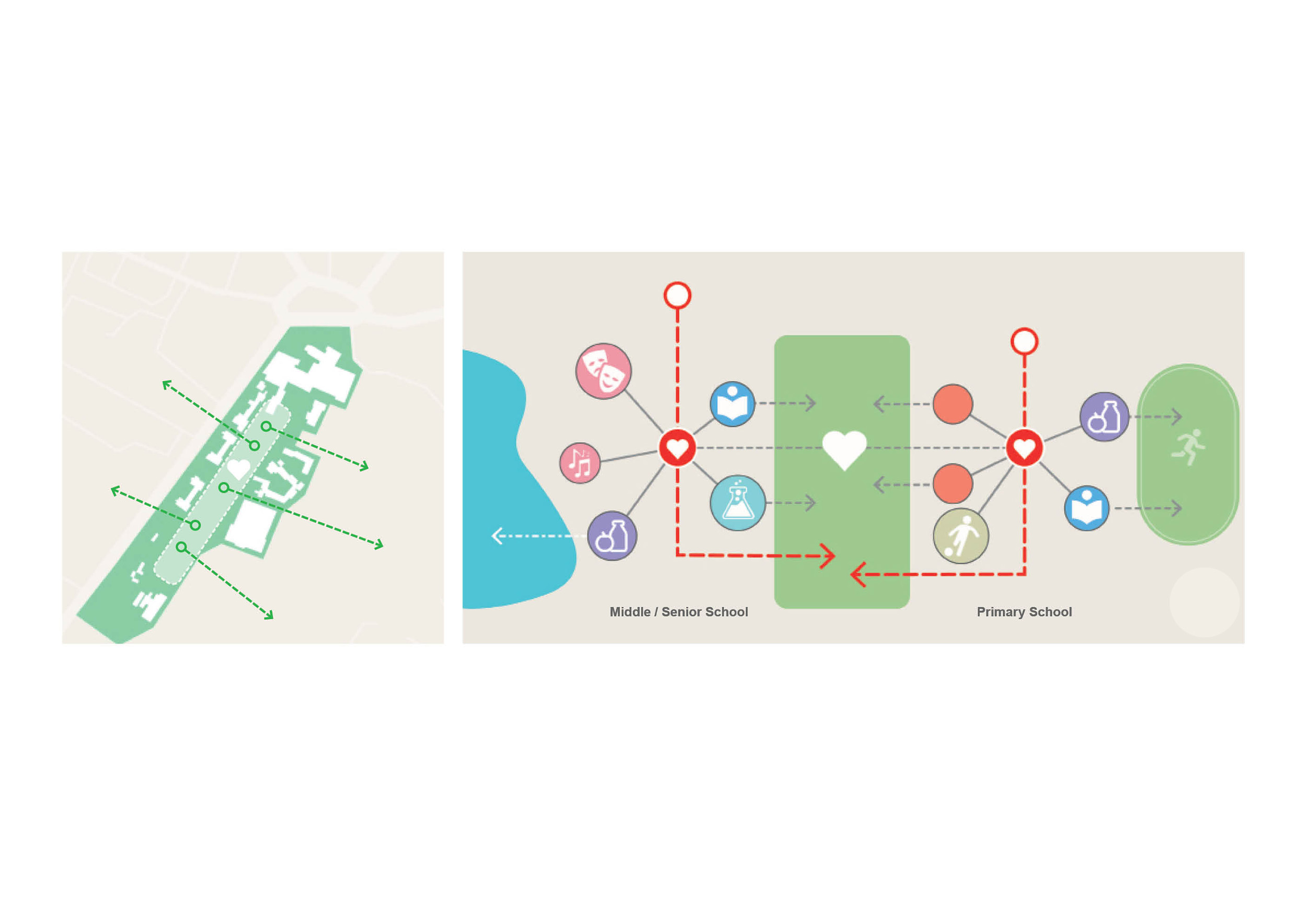
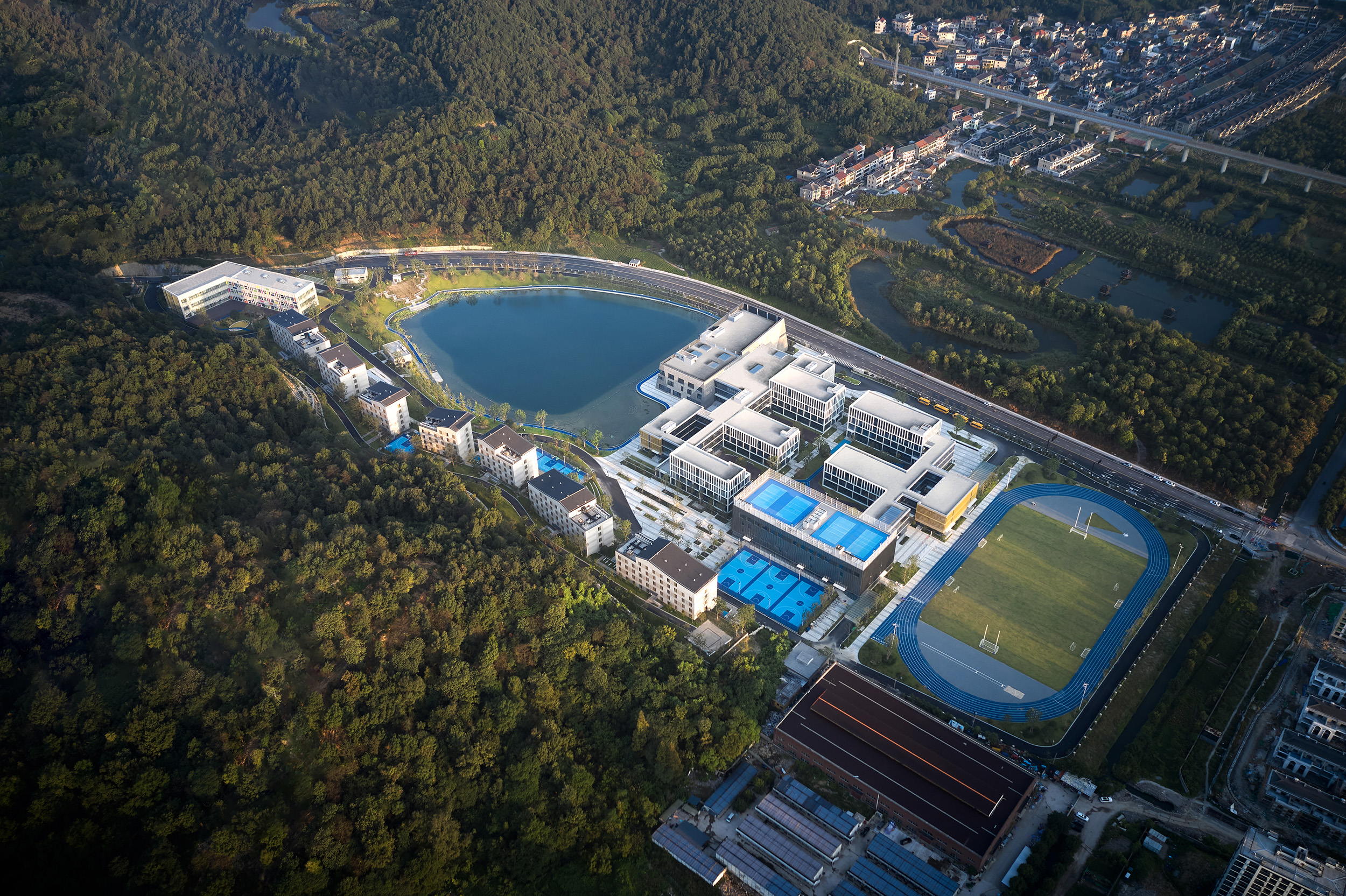
Wycombe Abbey Hangzhou is instantly recognisable, directly linked to the history of Xiaoshan. The lakeside theatre in particular references local culture and the site’s geological heritage in its form and construction. The project asserts that representation in architecture makes unique places but alluding to the process of making from site specific material with an honest expression will help define more meaning for a building.
Studio Hoodless would like to explore the nature of these two systems more to balance the opposites of an effective kit of parts that meets a price point, and sculpted forms that reference local context.
We ask if a geological process can be effectively mimicked?
Do spatial proportions and qualities of light communicate a brand, or does it need to be more obvious, which may cost more?
Can an expression through making engender a sense of place, and how to approach this?
Is there value in the process we undertook vs mimicking another system, like an ecological one?
What are the drivers for mimetic design from an environmental perspective?
More Bright Ideas
Our portfolio is the story of our bright ideas to date, raising questions for further research by design and experimentation.
Our Manifesto
Our ambition is to devise and nurture solutions to global problems and make sustainable places for everyone.


